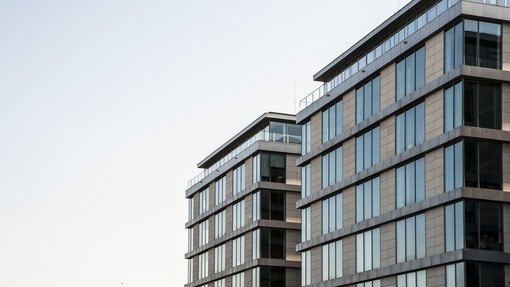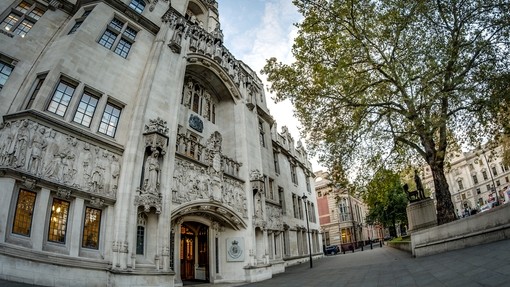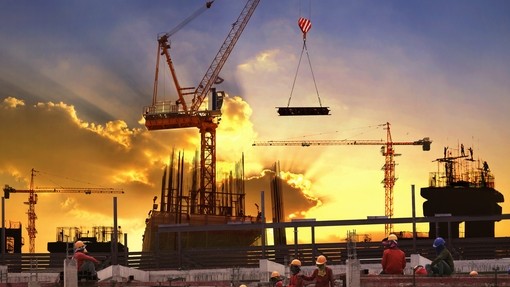Building Safety Act 2022: Safety Case Report

Building Safety Act 2022: Safety Case Report
Under the Building Safety Act 2022, a number of new roles and responsibilities have been introduced relating to high-rise residential properties. These duties relate to the management of risk and prevention strategies to avoid and reduce the impact of potential incidents. The Building Safety Act aims to limit the consequences should an incident occur relating to fire safety (which includes smoke, heat, fumes and any form of combustion) or structural failure of a high-rise building.
One of the new responsibilities is the requirement to produce and maintain a Safety Case Report.
The Principal Accountable Person (this can be an organisation, business or an individual who will be responsible for reducing and monitoring building safety risks and actioning the requirements of the Building Safety Act) for occupied buildings with at least two residential units and of a height of at least 18m or seven storeys (Higher-Risk Building) must prepare a Safety Case Report. Completing the Safety Case Report is an essential exercise as it will be required for applications for a building assessment certificate (a certificate confirming that the Building Safety Regulator is satisfied that the required duties have been complied with).
The Safety Case Report must provide evidence of:
- The assessment of all building safety (including fire and structural) risks and;
- All reasonable steps that have or will be taken to control these risks (including prevention measures and measures to limit the severity of the potential consequences to these risks).
The Building Safety Regulator (a new government body which sits within the Health and Safety Executive that will regulate high-rise buildings in the UK) must be notified as soon as reasonably practicable once a Safety Case Report has been prepared (or revised). Where the Building Safety Regulator requests a Safety Case Report, the same must be provided as soon as reasonably practicable.
There are currently no plans for a template Safety Case Report to be provided and the legislation around the report is still being developed. The requirements may therefore be subject to change.
Current information suggests that Safety Case Reports should, as a general guide, include the following information:
- The building name, postal address and images showing the location of the building (including a description of the wider development and any shared facilities if applicable).
- Details (full name, email address and contact numbers) of the Relevant Persons:
- The building owner;
- The Principal Accountable Person;
- Other Accountable Persons;
- The responsible persons(s) under the FSO (Regulatory Reform (Fire Safety) Order 2005) where different;
- Details of any third parties involved with producing the Safety Case Report.
- Description of the building and its development (including height, storeys, number of dwellings, resident profile, external walling systems etc.).
- Risk assessment and control measures:
- Current control measures;
- Action identified or to be implemented in future;
- Identify how things might go wrong, what could make it worse, potential consequences, any mitigating actions;
- Fire strategy;
- Review and maintenance of the structural integrity of the building.
- Description of surveys or investigations carried out.
- Details of your Safety Management System including:
- Roles and responsibilities of key personnel;
- Competency of key personnel;
- Performance monitoring;
- Risk assessment;
- Maintenance;
- Management;
- Emergency planning.
- Emergency arrangements.
- Reporting procedure for complaints and occurrences.
- Details of the resident engagement strategy.
The key with the Safety Case Report is to evidence that the Accountable Person(s) has(ve) considered the major fire and structural hazards/risks and how the risks are being and will be managed and controlled. It should also identify how and when the report will be reviewed. The Safety Case Report can then be used as a tool to show that all reasonable steps have been, and will continue to be, taken to manage building safety risks.
The importance of becoming familiar with the Building Safety Act and what is required is absolutely crucial to businesses of all shapes and sizes in the construction Industry.
It therefore cannot be overstated - do not leave it until it is too late – take notice of what is required to comply with Building Safety requirements and take steps to put in place systems and controls so you are able to demonstrate compliance.
Further information and guidance on the Building Safety Act can be found on the Health and Safety Executive Website: Building safety - HSE or by contacting Hill Dickinson LLP Construction team.






